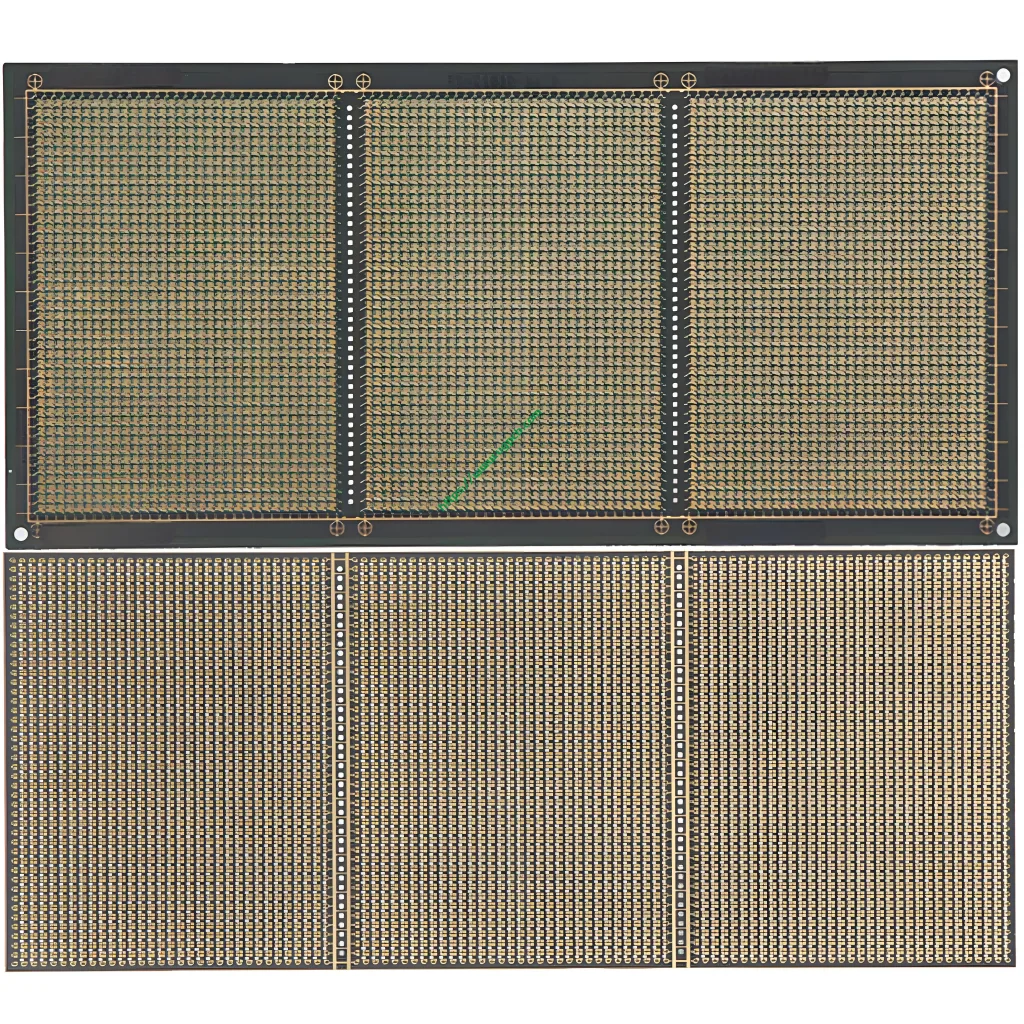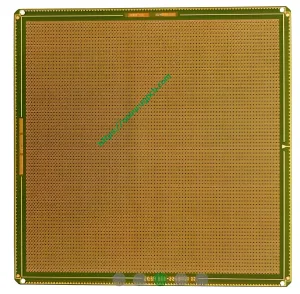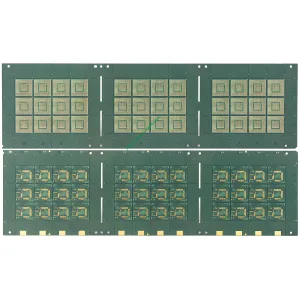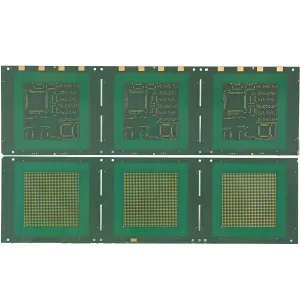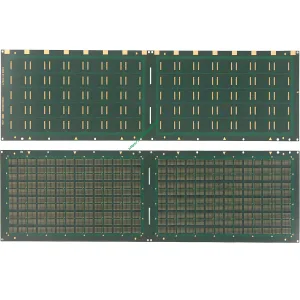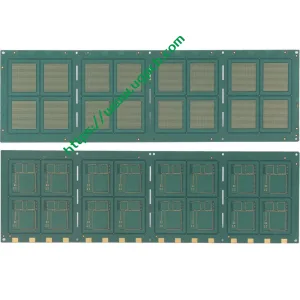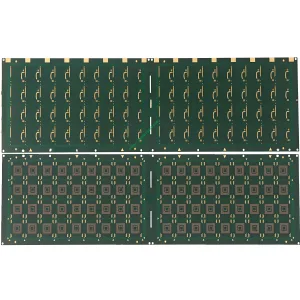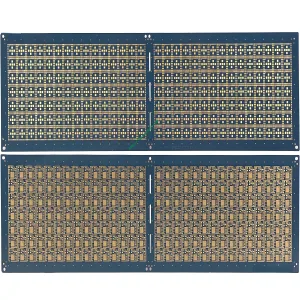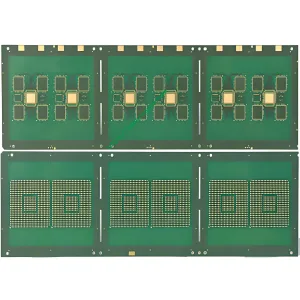Введение в мини -светодиод
Мини -светодиод, также известен как “Подмиллиметр светодиодного диода,” относится к светодиоду с размером зерна примерно 100 Микроны, впервые предложено Цзиндианом. Он падает между традиционным светодиодом и микроэл -светодиодами, Представление улучшенной версии традиционной светодиодной подсветки.
Преимущества мини -светодиода Mini
По сравнению с микро -светодиодом, Мини -светодиод может похвастаться более высокой скоростью доходности, Специальные характеристики резки, и способность достичь формы подсветки с высоким содержанием с гибкой подложкой. Он принимает местный дизайн для затемнения и предлагает лучшую цветную рендеринг, приводя к более утонченным перегородкам HDR и толщине, близко к OLED. Мини -светодиод может сэкономить до 80% власти, сделать его идеальным для приложений подсветки, таких как экономия энергии, тоньше, HDR, и специальные дисплеи. Он подходит для мобильных телефонов, Телевизоры, автомобильные панели, Игровые ноутбуки, и другие продукты.
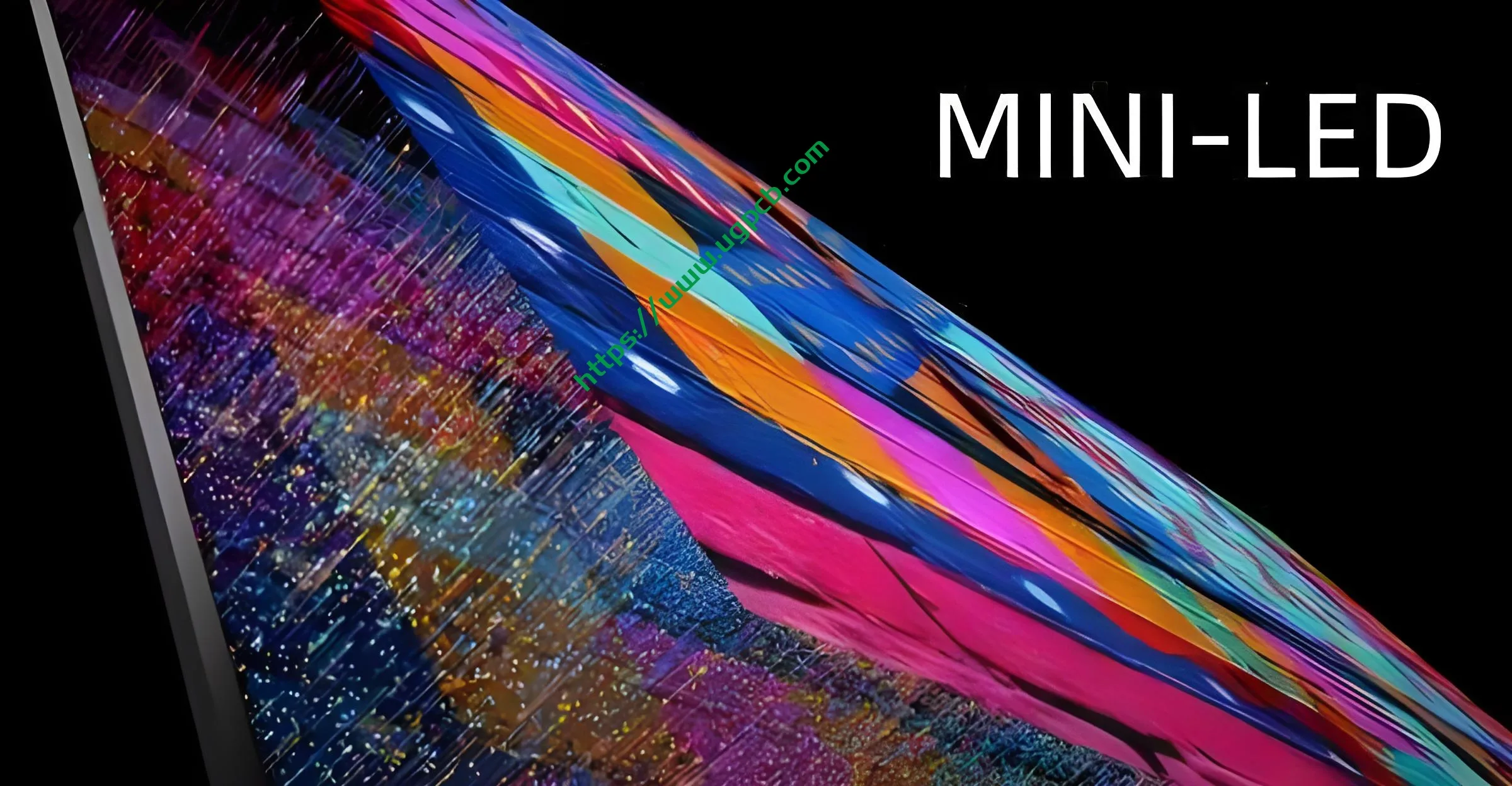
Техническое и экономическое сравнение с микроз модификацией
Мини -светодиод теоретически менее технически сложен и легче массово, чем микроэл -светодиоды. Он может подключиться к обширному ЖК -рынку подсветки и предложить более экономичный продукт. Оценки отрасли предполагают, что ЖК -телевизионная панель с мини -светодиодным дизайном подсветки стоит только о 60% к 80% панель OLED -телевизора, в то время как яркость и качество изображения похожи, с более высокой эффективностью мощности. 55-дюймовая мини-светодиодная ЖК-панель используется 40,000 Светодиоды, Помогание производителей светодиодов в сокращении производственных мощностей.
Будущие перспективы мини -светодиода
В то время как Micro Led обещает качественное улучшение качества изображения и представляет собой следующее поколение технологии революционных дисплеев., Текущая технология все еще недостаточно зрелая. Мини -светодиод, Улучшенная версия светодиодной подсветки, может значительно усилить влияние существующих ЖК -экранов при относительно контролируемой стоимости, потенциально стать основным потоком на рынке. Ожидается, что производители ускорят исследования и разработки, чтобы принести микро -светодиодные и мини -светодиодные телевизионные продукты для обычных потребителей.
Другие технологии отображения: OLED и QLED
Олинг: Революционная технология дисплея
| OLED может самостоятельно расстроить в трех основных цветах, Устранение необходимости в модуле подсветки и жидкокристалле. Это реагирует быстро, контролируется непосредственно электрическими элементами управления, В отличие от жидкокристаллического экрана, проведенного белым светом. OLED энергоэффективен, Излучение только желаемого цветового света без постоянного излучения подсветки, блокированных жидкими кристаллами. | |
| QLED: Квантовая точка -дисплей технология |
Квантовые точки излучают свет разных длин волн при стимулировании синим светом, Создание белого света с соответствующим соотношением красных и зеленых квантовых точек. Свет, возбужденный квантовыми точками “чистый,” предлагая подрывную цветную гамму по сравнению с обычными светодиодами с “мудрый” контраст. Однако, QLED сложный и более нестабильный, чем OLED, требует размещения на модуле подсветки с синим светом стимулирования “чистый” белый свет. Электролюминесценция улучшает стабильность QLED, непосредственно излучение “чистый” белый свет, возбужденный квантовыми точками.
Мини -светодиодные приложения
Мини -светодиодные приложения в технологии дисплея
| Мини -светодиод служит двойным целям: В качестве модуля подсветки белого света прямого типа и в качестве обновления в цепочке технологий OLED в цепочке технологий OLED, меньше, чем OLED, но больше, чем микро -светодиод. Эти два типа мини -светодиодов могут быть четко выделены. |
 ЛОГОТИП УГКПБ
ЛОГОТИП УГКПБ

